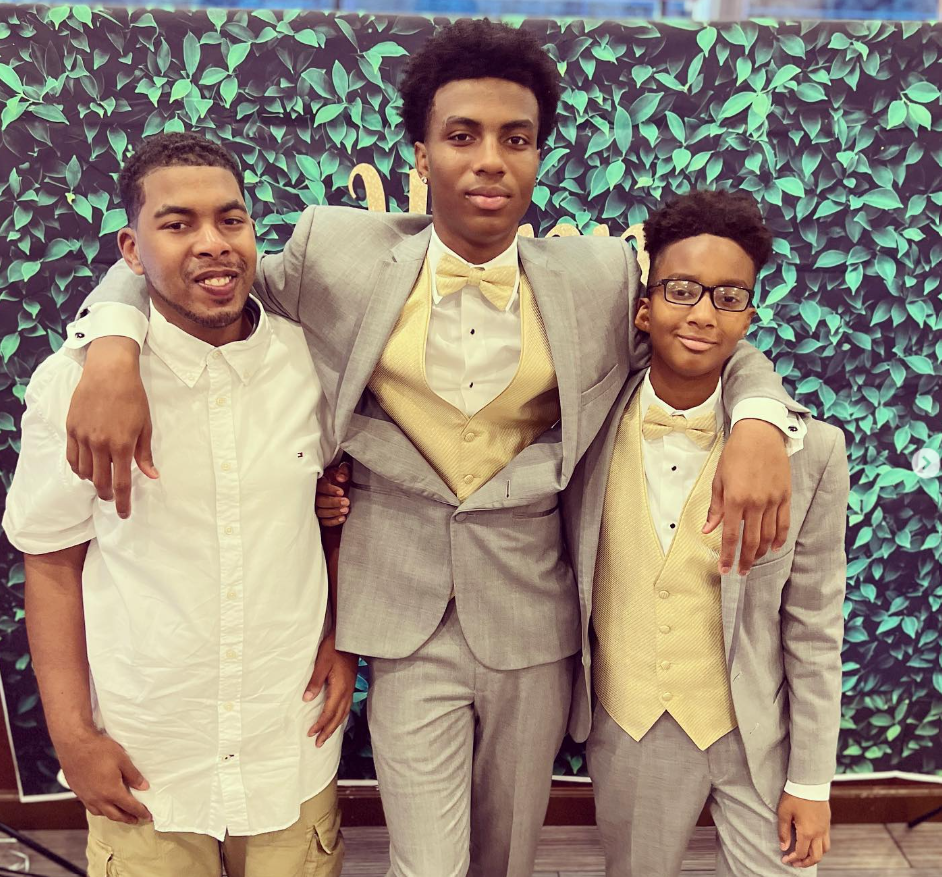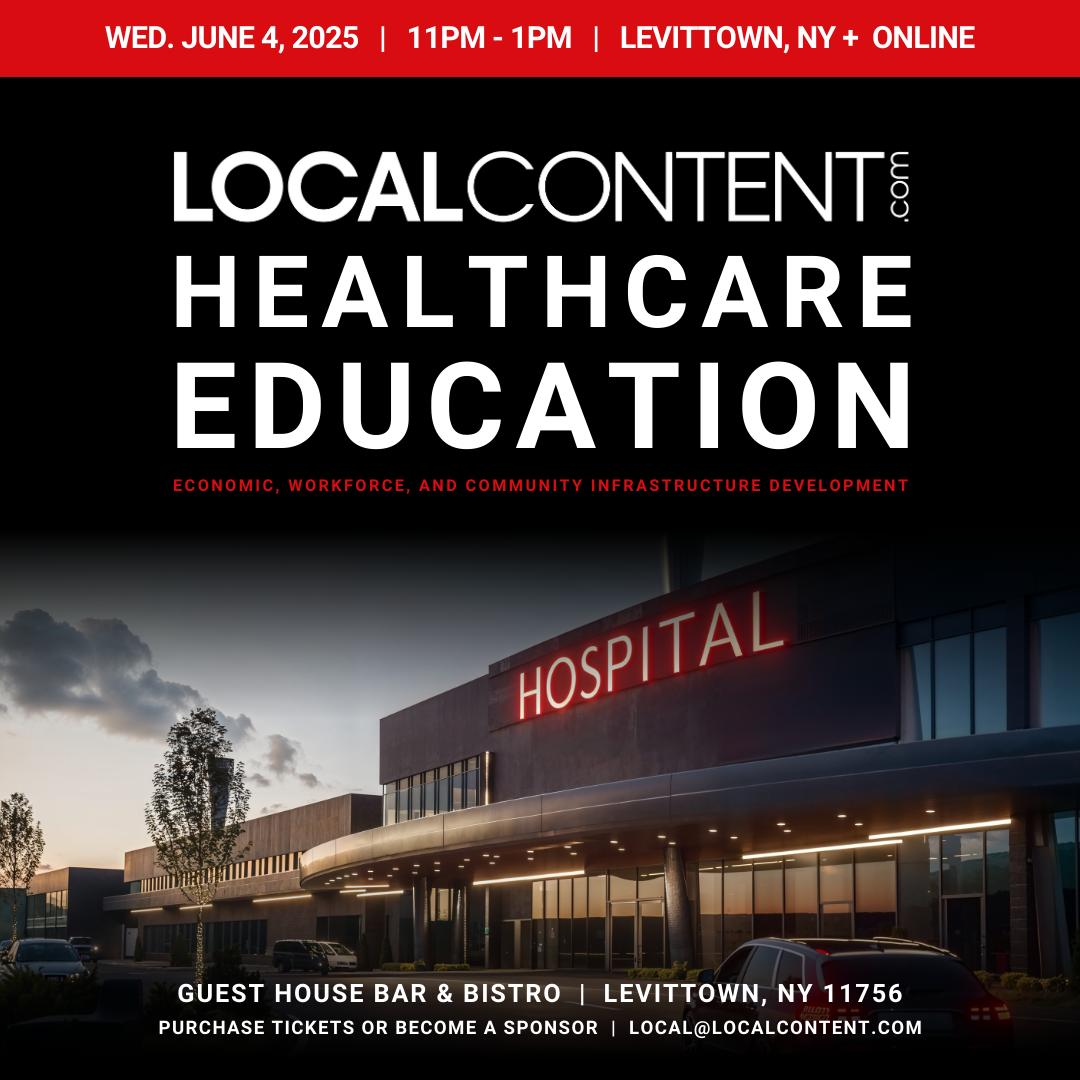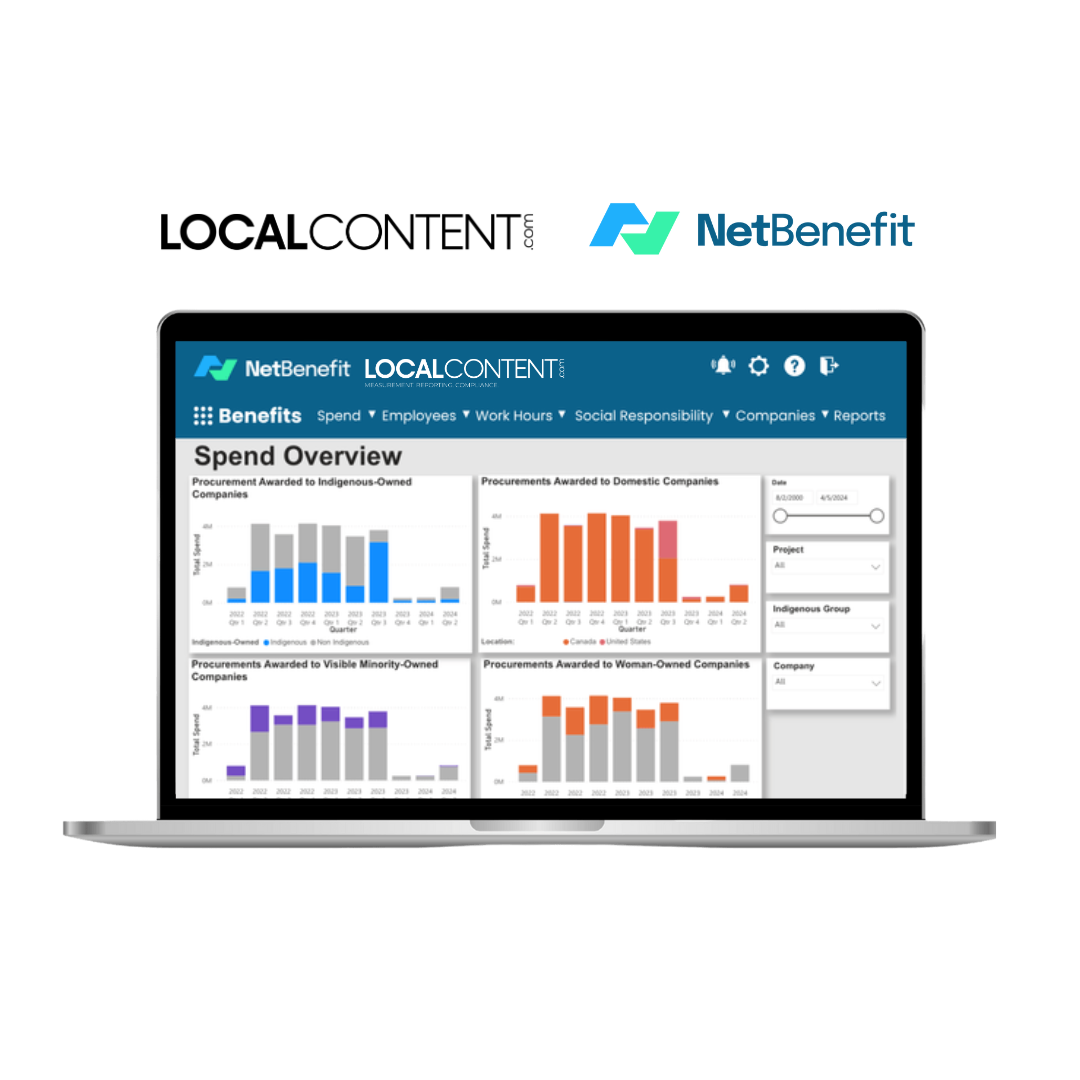As a single mother of 3 amazing boys (Isaiah – 26, and Corey – 13), watching my 17-year-old son (Christian Smiley) transition from high school to college student-athlete this Fall has been an incredibly rewarding and complicated experience. As a 6’6” small forward who helped lead his team to a 26 – 1 record, only losing at the New York State High School Championship Game, he’s maintained a level of maturity and focus that can be hard to comprehend with so many people vying for his attention. All of this also comes with a unique set of challenges and opportunities, especially in light of the recent changes to Name, Image, and Likeness (NIL) rules in college sports. No matter what school and major he chooses, he’s fortunate to still be able to play the sport that he loves while shaping his career. These new regulations allow student-athletes to profit from their personal brand, and while this is exciting, it also requires careful navigation and understanding of the broader impacts that can support student-athletes, families, and their communities. While this process has brought feelings of joy, anxiety, and even distrust at times to protect my son’s interest, I want to help shine a light on several aspects of NIL that I’ve learned and coincide with my work in sports and entertainment.
The NCAA’s decision to allow college athletes to profit from their Name, Image, and Likeness (NIL) rights marks a monumental shift in collegiate sports. This policy change, effective from July 1, 2021, enables student-athletes to earn money through endorsements, social media, and other ventures without jeopardizing their amateur status. While much of the focus has been on the financial benefits for the athletes and the marketing opportunities for sponsors, a deeper examination reveals significant secondary impacts, particularly when local content strategies are employed within these NIL deals.
The most apparent beneficiaries of the NIL rules are student-athletes and their sponsors. Athletes can now monetize their personal brands, creating a new revenue stream to help support their education, living expenses, and even their families. For sponsors, NIL deals provide access to highly engaged and loyal fan bases, offering unique marketing opportunities that leverage the authenticity and relatability of college student-athletes.
The Power Of Local Content
While national brands often attract headlines with high-profile NIL deals, families have the right to evaluate a brand’s past and future goals. The best way to determine if a brand will do right by your daughter or son is to see documented proof of their past performance. I recommend asking the following questions when working with brands for NIL deals with the mindset of secondary community impact outside of the primary focus of a deal with your child.
- What Is Your Brand’s Commitment to Local Vendors and Suppliers? Require sponsors to use local vendors and suppliers for all merchandise, event services, and promotional materials, ensuring the spending supports local businesses and creates jobs within the community. This helps sustain the local economy and fosters community pride and investment.
- What Steps Has Your Brand Taken To Ensure The Inclusion of Small, Women, Minority, Veteran and LQBTQ+ Owned Businesses? Mandate that a minimum percentage (e.g., 30%) of all vendor contracts and partnerships be awarded to underrepresented businesses to gain exposure and growth.
- Where Have You Focused Your Efforts In The Creation of Local Internship and Job Training Programs? Establish paid internships and job training programs funded by the sponsor for local high school and college students, providing valuable work experience and skills. This enhances the local workforce and supports long-term economic growth.
- What Local Charities and Nonprofits, If Any, Do You Support Each Year? Allocate a portion of NIL earnings or sponsor contributions to local charities and nonprofits, including organizing joint fundraising events and volunteer initiatives. This provides critical support to community services and fosters a culture of giving and involvement.

The introduction of NIL rules in college sports has opened up opportunities for student-athletes like my son, his friends, and sponsors. However, the true potential of these deals is unlocked when we know our worth and bring the community with us on our backs. I pray that every family has a trusted support system so they do not have to go through this journey alone. Especially for single parents, where predatory behavior was common before NIL, we have to protect our children’s physical, mental, and professional health between social media and people with poor intentions more than ever. As NIL deals continue to evolve, where do we go from here? While you may see me volunteering at registration tables or concession stands during AAU tournaments like many other parents, a mother’s (and father’s) love should never be underestimated in what we will do to protect our daughters and sons. So, let’s collaborate to share information and intentionally shape our children’s futures.








